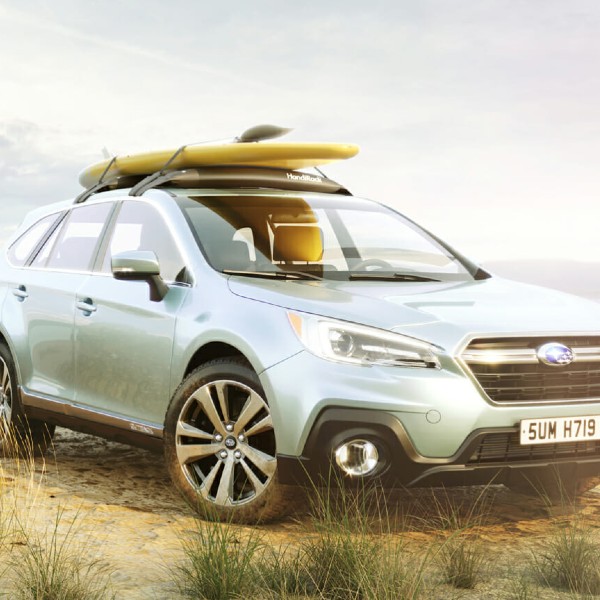Stand up Paddle Boarding for Beginners
Stand up paddleboarding is an activity growing fast in popularity. Whether this is due to the coronavirus (stand up paddleboarding is a good social distancing activity) or something else, we are not really sure, but we’ve certainly seen a lot more people out and about doing just this. Have you ever been stand up paddle boarding?
What is stand up paddleboarding?
Stand up paddle boarding (or SUP) is like surfing but isn’t. Instead of using waves to propel yourself like in surfing, you use a paddle to push yourself along still waters or waves. You can paddleboard on a lake, a river, or the ocean. You can stand up on the board, or kneel if you prefer.
It originated in Hawaii and has been around for hundreds of years, though the modern version dates from around the year 1900.

Photo by Matt Zhou on Unsplash
Is stand up paddle boarding difficult?
Stand up paddleboarding is very accessible as an activity. It doesn’t require the skill of surfing, and is easier to get into than kayaking. It’s suitable for people of all ages and it can be taught in a few hours, unlike surfing where you often need multiple lessons for a sustained period of time to really pick it up.
Have a look at this article from Isle, Surf and Sup to learn more about how easy it is to get into stand up paddleboarding – https://www.islesurfandsup.com/is-paddle-boarding-hard/
How to do stand up paddle boarding
Stand up paddleboarding is basically standing or kneeling on a board while using a paddle to propel yourself. It’s all about balance and momentum – like cycling. There’s not much else to it. Learn to balance yourself. Learn to move from a kneeling position to a standing position. Get the hang of paddling and turning your board in a different direction. It’s all about practice.
Here’s a great video from Tin Box Traveller
What stand up paddle board to buy
Getting the right sized paddleboard is important. Longer and wider boards provide better stability but might be difficult to paddle, especially if you’re short and lightweight yourself. Wider boards are good for increased stability in moving water – such as rapids.
Bigger boards are more difficult to store but inflatable SUPs are available and these provide good stability too.
The HandiRack, our universal inflatable roof bars, are a great way of transporting your SUP.

Have a read of this article from PumpedUpSup to learn more about ideal SUP sizes – https://www.pumpedupsup.com/blogs/news/what-size-sup-board-is-right-for-you

Photo by Grant Durr on Unsplash
What to wear when stand up paddle boarding
What to wear when stand up paddle boarding is kind of important but there’s not really specialist SUP wear – it’s the same stuff you’d wear if you were surfing. A wet suit is good but then swim-shorts and t-shirts are fine too. The plan isn’t to spend too much time in the water anyway!
You should wear a floatation device, especially if you are not a strong swimmer. Children should certainly wear one.
If it’s a cold day (or even if it’s not) you might also want to wear thermals. The water can be cold even if the sun is shining.
On your feet, water shoes are a good option. Bare feet are fine, until you fall in and need to walk on the bottom of the riverbed.
If it’s a hot day, then don’t forget your sunscreen and shades.
It’s also important that you get a board leash – like in surfing – so your board stays close to you if you fall in the water.
Where to go stand up paddle boarding
There are lots of places around the UK to go stand up paddleboarding, but like kayaking, you might need a license to access some waterways. While some stretches of water are public access, many are under the control of the Canal & River Trust, the Environment Agency, the Broads Authority and a number of other waterway authorities.
You can get a temporary licence (30 days) from The Canal & River Trust https://canalrivertrust.org.uk/enjoy-the-waterways/canoeing-and-kayaking/paddle-boarding-the-basics or an annual membership from British Canoeing which includes a licence for a host of managed waterways around the UK and liability insurance – https://www.britishcanoeing.org.uk/news/2019/stand-up-paddle-boarding-on-canals-and-rivers
Check out the list of locations covered by British Canoeing membership and those not included to find a suitable place near you – https://www.britishcanoeing.org.uk/go-canoeing/access-and-environment/licensing
The CAMBA Kart, our innovative board and paddlesports trolley makes getting your SUP to the waters edge much easier.

Is stand up paddleboarding safe?
Stand up paddleboarding is as safe as it can be for an activity that is physical and done on water, which can be unpredictable. It’s important that you, as with other watersports, respect the water and take notice of the safety advice from your instructor.
Check out safety advice from the RNLI at https://rnli.org/safety/choose-your-activity/stand-up-paddle-boarding
Are you a stand up paddleboarder?















